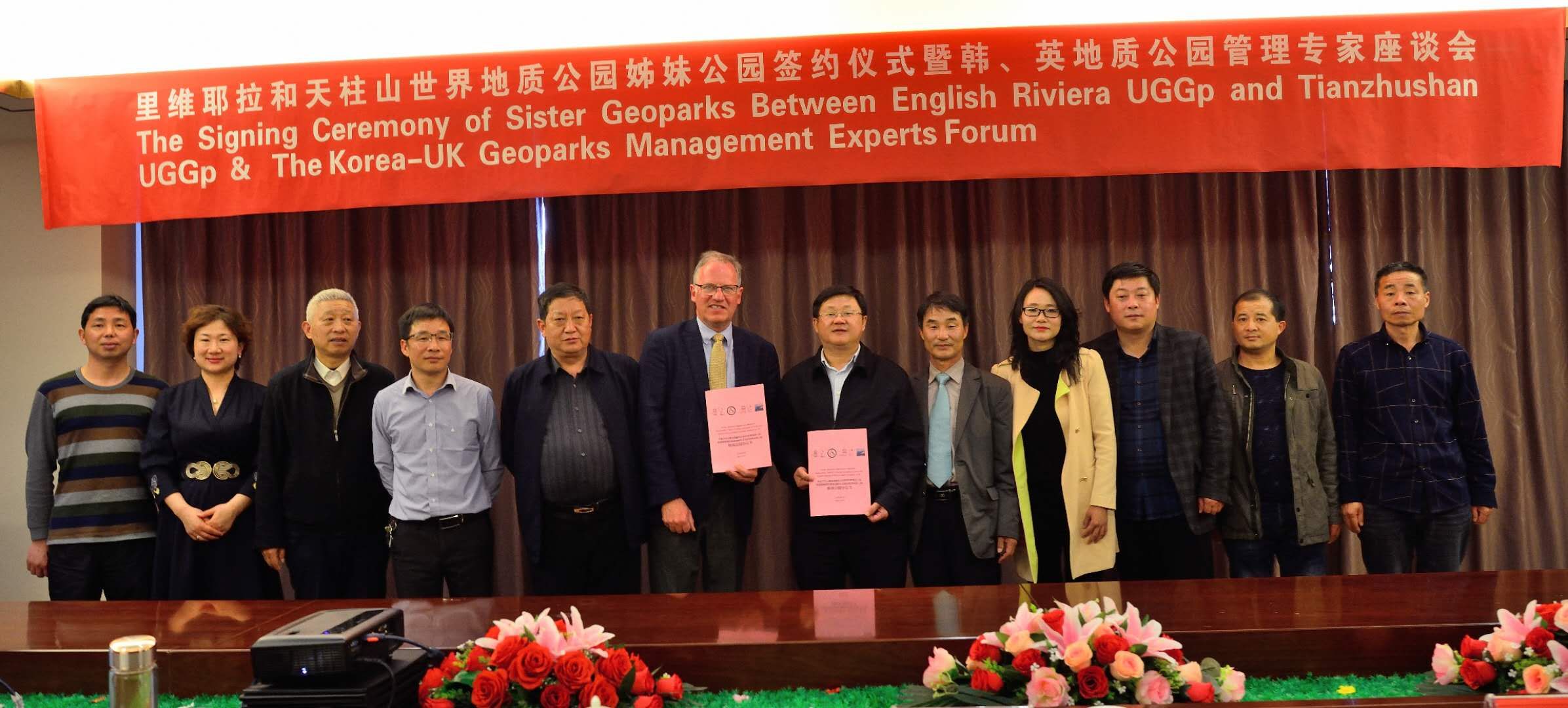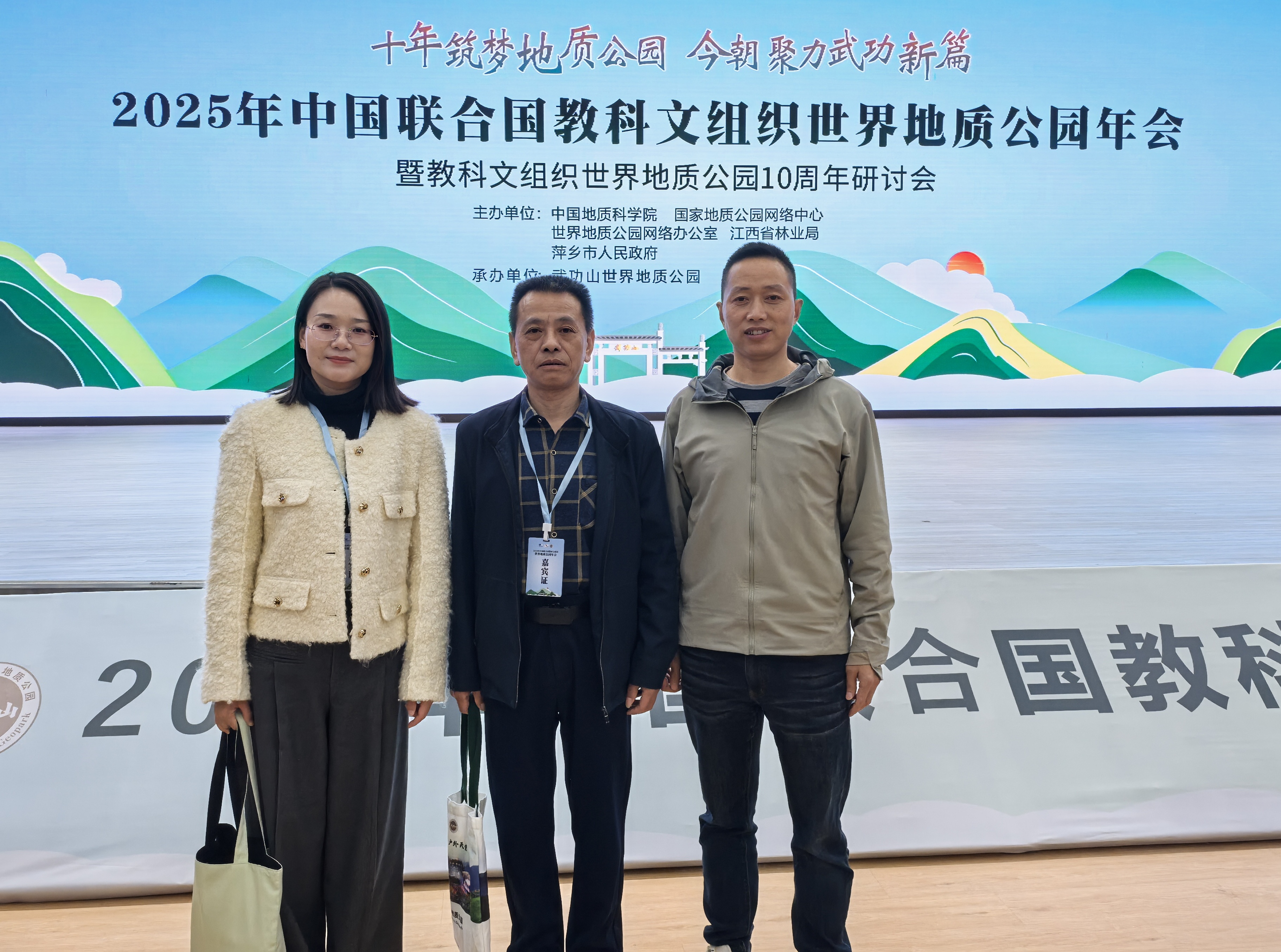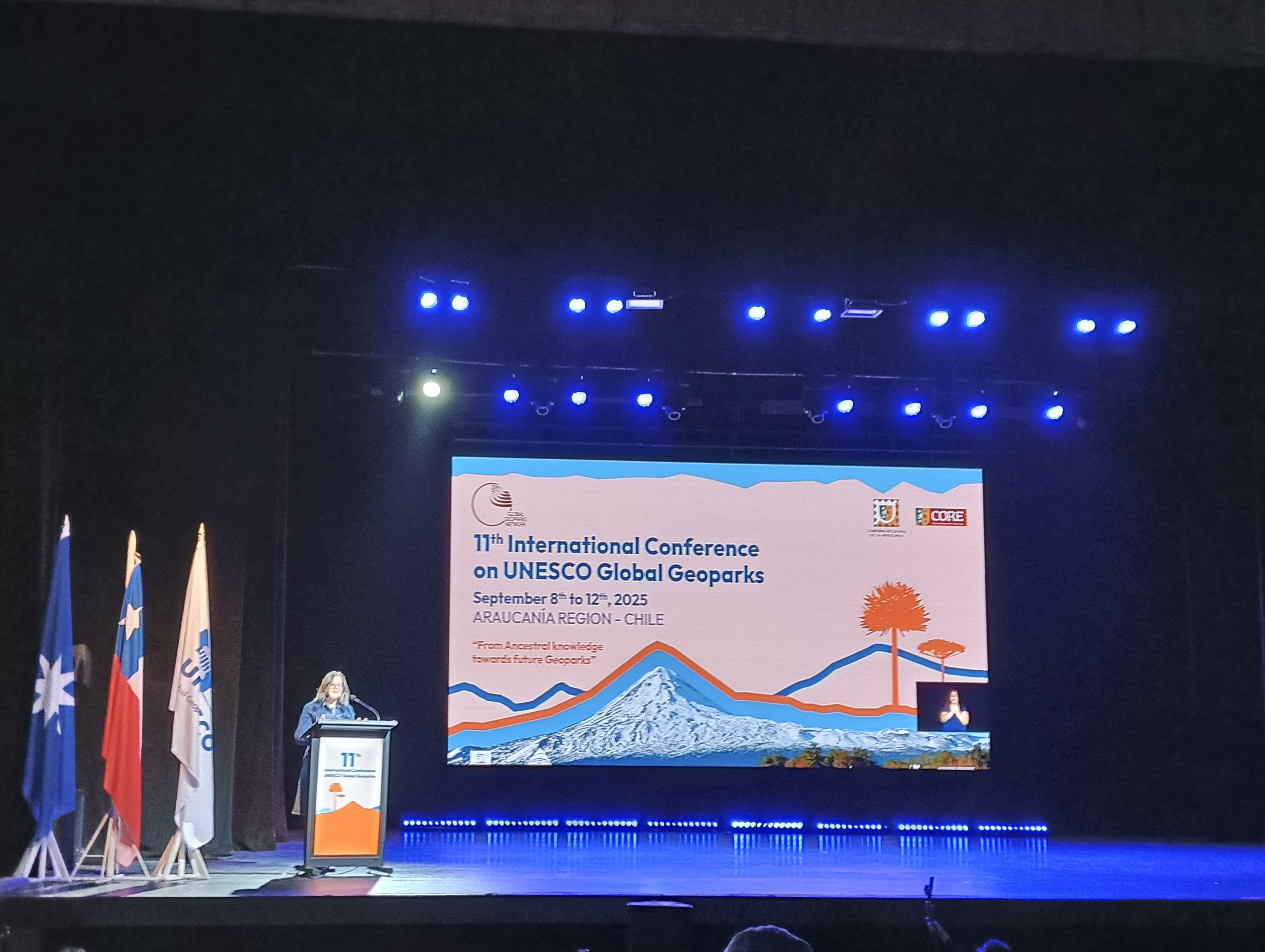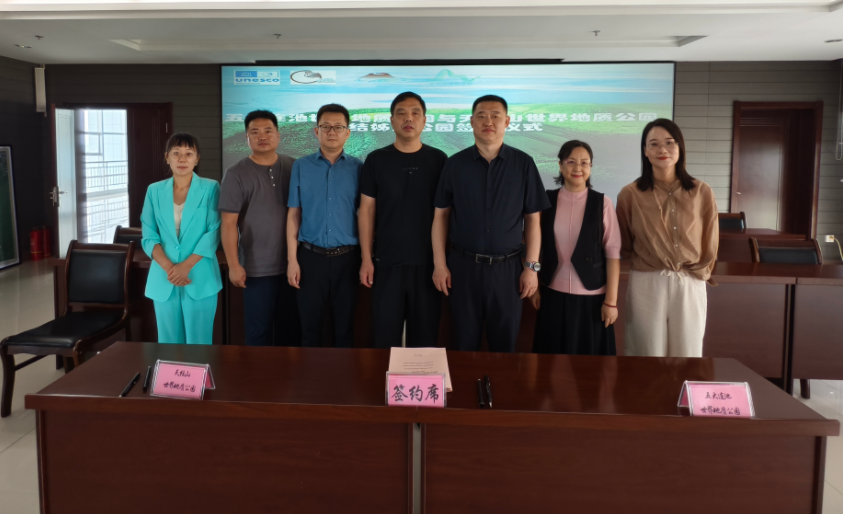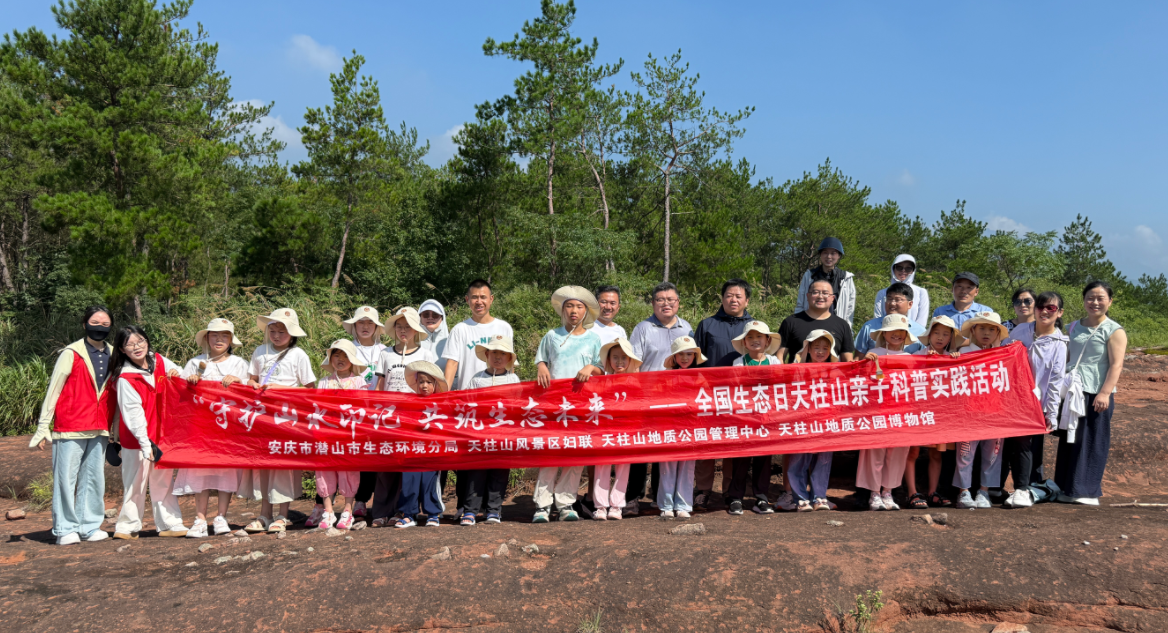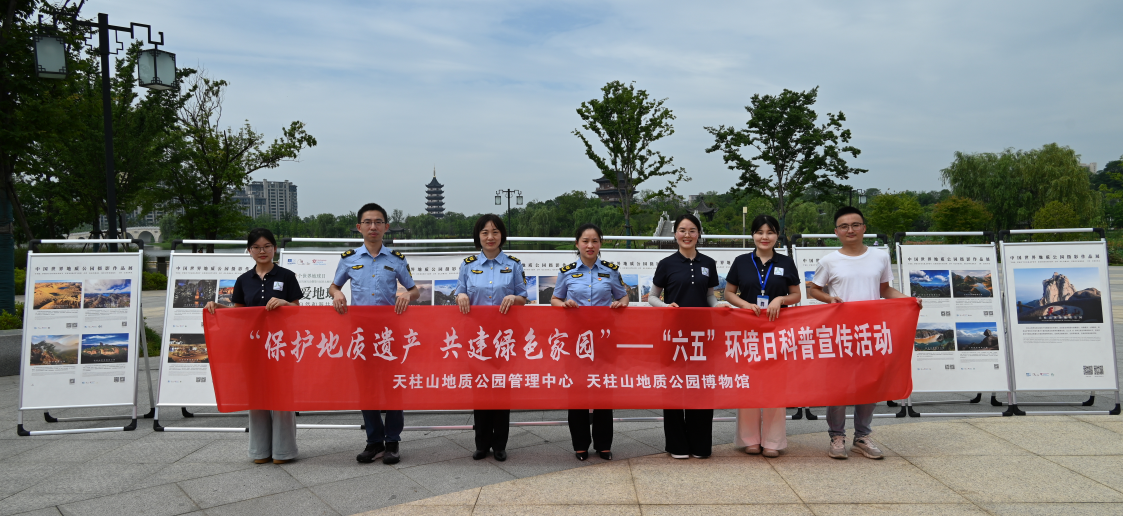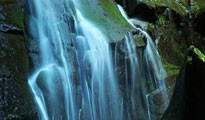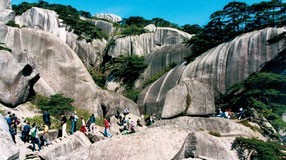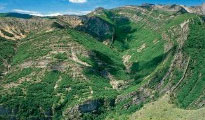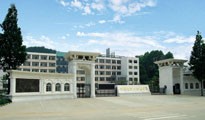
- Huangshan UNESCO Global Geopark
- Naturtejo UNESCO Global Geopark, Portugal
- Central Catalonia UNESCO Global Geopark, Spain
- Jiuhuashan UNESCO Global Geopark
- Yandangshan UNESCO Global Geopark
- Sanqingshan UNESCO Global Geopark
- Longhushan UNESCO Global Geopark
- Terra Vita UNESCO Global Geopark, Germany
- Huanggang Dabieshan UNESCO Global Geopark
- Fangshan UNESCO Global Geopark
- English Riviera UNESCO Global Geopark
- Guangwushan-Nuoshuihe UNESCO Global Geopark
- Zhijingdong Cave UNESCO Global Geopark
- Dali-Cangshan UNESCO Global Geopark
- Xiangxi UNESCO Global Geopark
- Yuntaishan UNESCO Global Geopark
- Linxia UNESCO Global Geopark
- Kanbula UNESCO Global Geopark
- Wudalianchi UNESCO Global Geopark
- Changbaishan UNESCO Global Geopark
At the
invitation of Tianzhushan UNESCO Global Geopark, Mr. Soojae LEE from South
Korea, a member of UNESCO Global Geoparks Council, and Mr. Nick Powe, chairman
of English Riviera UNESCO Global Geopark visited Tianzhushan Geopark on April
12-13. During their visit, Tianzhushan UGGp and English Riviera UGGp signed a
sister geopark agreement. Both geoparks agreed to work together to strengthen
cooperation in the conservation, management, tourism marketing and sustainable
development of their geological heritage, and work together to promote mutual
improvement and effective promotion.
Mr. Soojae
LEE and Mr. Nick Powe successively visited the northern granite landform area
of Tianzhushan Geopark, Valley Stream cultural park, the southern scientific
investigation area including fossil sites, Tianzhushan Museum under
construction, and partners of Tianzhushan geopark, including Yezhai Middle
School, Ancient Doumu Pottery, a photovoltaic power station in Qiuzhi Village,
Wolong Villa and Wanghu Garden. The two experts thought highly of the management
and infrastructure of Tianzhushan geopark, fully affirmed the work on the
conservation of geoheritage, community involvement, science popularization in
schools and the development of geotourism, in addition, they put forward many
constructive suggestions for the upcoming revalidation of Tianzhushan Geopark.
The
English Riviera UNESCO Global Geopark is situated within the stunning, rolling
hills on the south coast of Devon, southern England. Unique in Western Europe,
the English Riviera UNESCO Global Geopark is geologically renowned for its
350-400 million year old Marine Devonian limestones of great historical
importance. The rich faunas yielded by these rocks were used, in part, to
characterize the original Devonian System of the pioneering geologists Sedgwick
and Murchison which was named after Devon the county within which the Geopark
is situated. In addition, excellent exposures of classic desert sandstone and
breccia in the 300-250 million years old Permian "Red Bed" sequences
are recorded. The limestones themselves also include important Quaternary
karstic features such as Kents Cavern. Pengelly's excavations of the caves in
the nineteenth century influenced public opinion worldwide as to the antiquity
of man.




